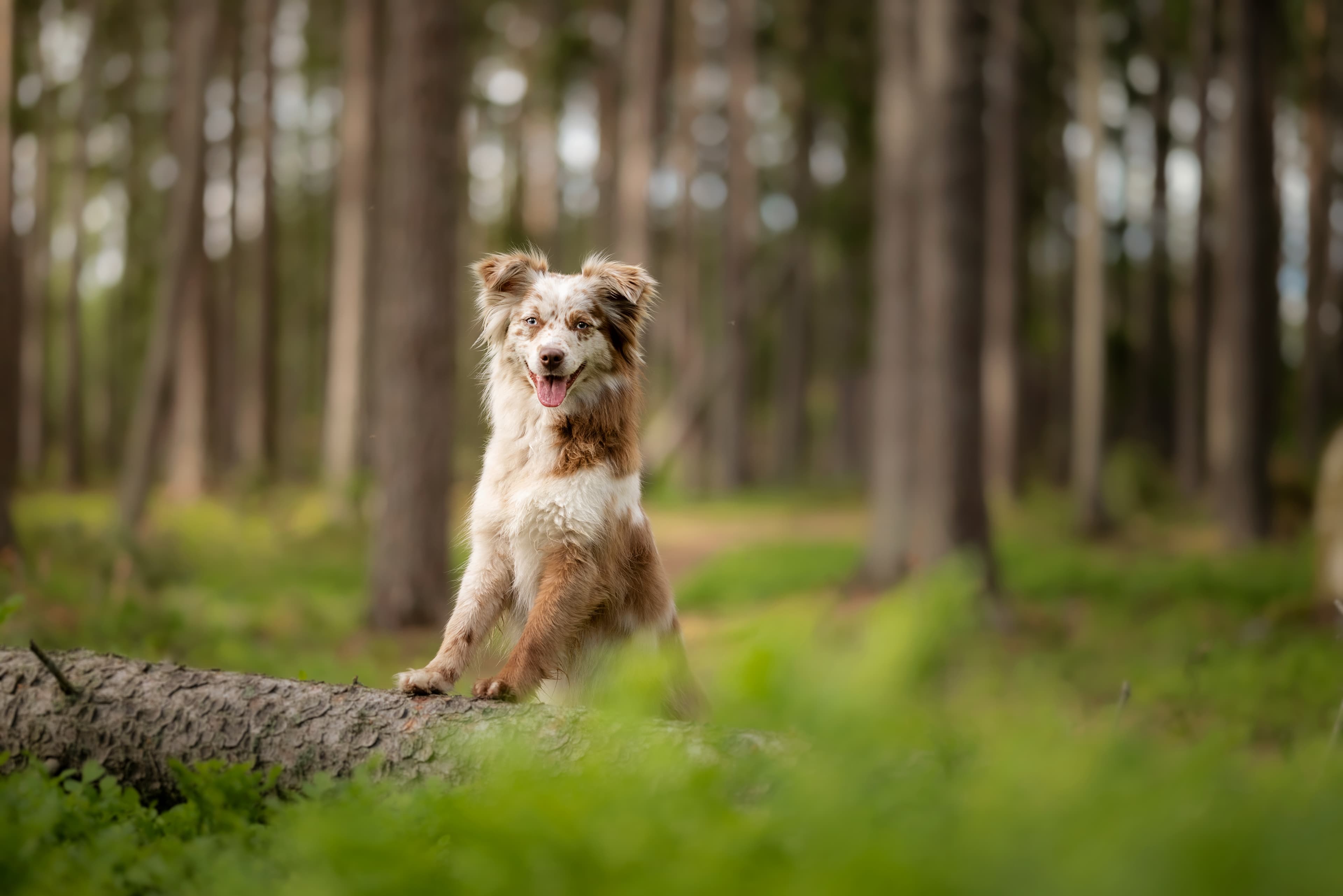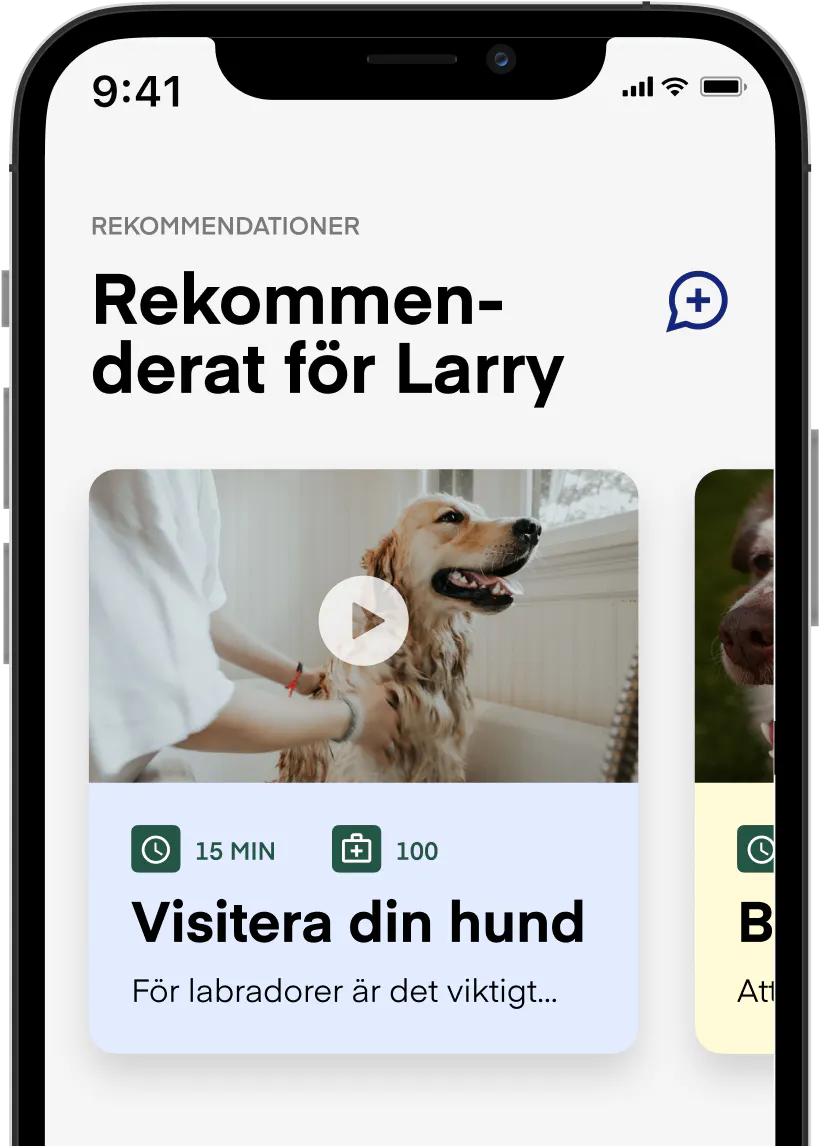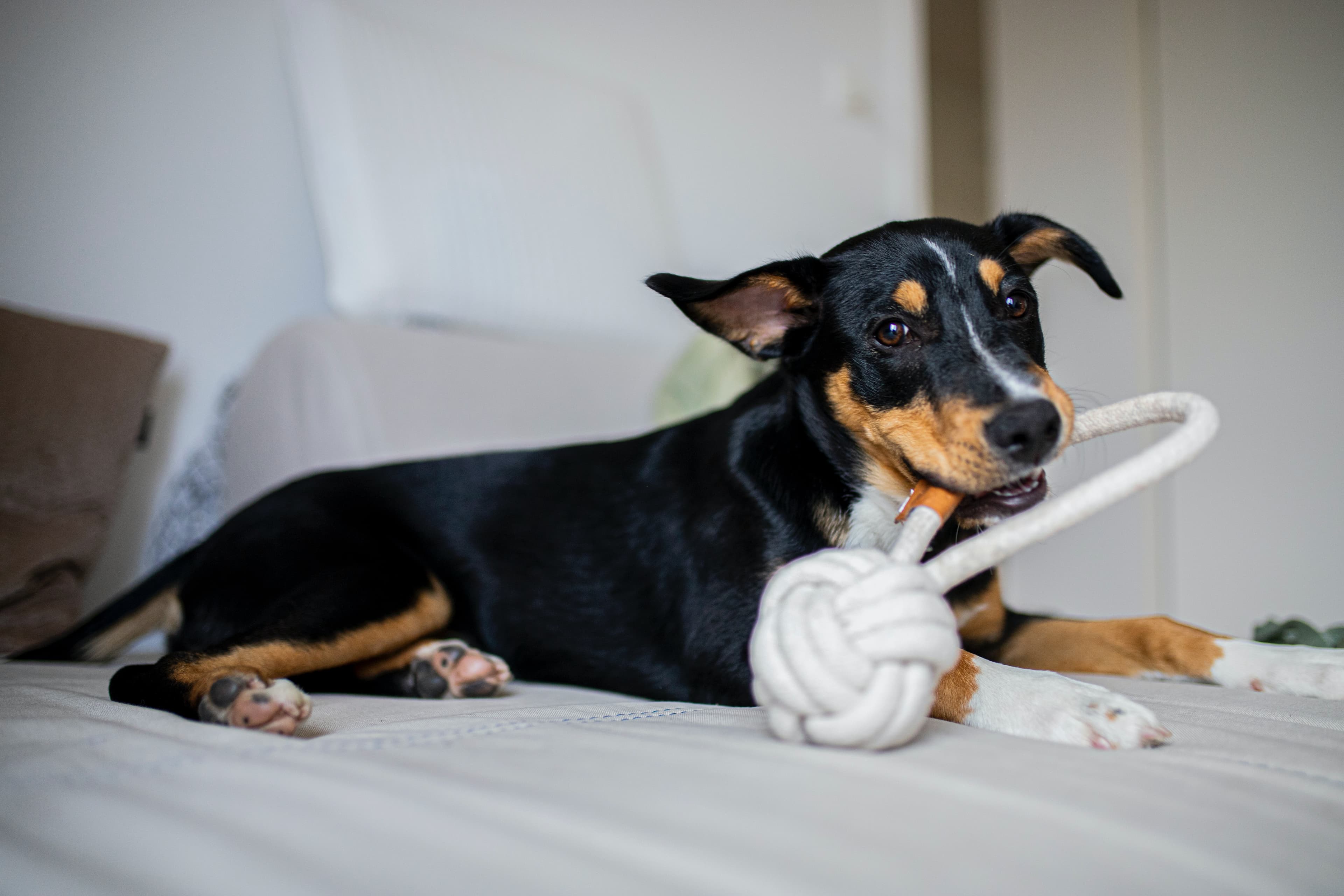What is your dog saying?
Most people can tell if a dog is happy and wants to say hello. They may wag their tail, have a slightly open mouth and look up at the person. But it's not always easy to see what the dog is actually saying. That's why we've put together a list of the different emotions dogs show and the signals they give when they want to tell you something.
The tail
Although we like to think of tail wagging as a positive thing and that the dog is happy, many times it's not what the dog wants to say at all. The tail can indicate many different emotions and can sometimes be a way of alerting someone who is nearby. If the tail is straight up, stiff and moving sideways in short, slow movements, it is a sign that the dog is telling you to stay away. For example, the dog is warning you or someone around it that it is guarding its property or it is showing a dog in its vicinity not to approach.
If your dog puts its tail between its legs or its tail is in a low position close to its body, this may be a sign that your dog is unsure of the situation. Your dog may have become frightened by something in its surroundings or by the way you behave around it. Therefore, pay attention to both the position of the tail and the fact that tail wagging is not always just happiness, although the large, sweeping tail wags usually mean that the dog is happy.
Playful
A playful dog usually wags its tail, makes eye contact and in many cases bows, i.e. with its front legs down and its back up. This is a way for the dog to show that it is friendly and that it wants to play. You can see this when the dog is playing with its canine companions but they can also signal play with us humans in this way.
Suspicious
A dog that is suspicious often has a watchful look and stiff posture. They usually lower their ears towards their body a little depending on what your dog's ear position usually looks like.
Worried and anxious
A worried and anxious dog will usually have their ears pressed down against their body, they may lick their mouth, yawn and make themselves small. They will usually look away if there is something in the environment that they are reacting to. But this is not the only way a dog will show anxiety or worry. Instead, some dogs become a little more flighty. They waddle around and can be perceived as stressful. These dogs are also worried and anxious but many times we mistake this for joy.
On guard
A dog that is on guard wonders if there is something wrong with the situation it is in. They tend to have a stiff posture and push their head up to see more easily. The tail is usually tucked in towards the hind legs and the ears in an alert and ready position. When the dog is on guard, it needs time to understand that there is no threat in the environment. Touching a dog that is on guard can make it afraid and go on the defensive. Give the dog time to understand the situation and remove the dog from the situation if you feel it may be too difficult for the dog.
Avoidance
When the dog is evasive, it does not want to stay in the situation. It is important to listen to these signals as the best thing to do is to remove the dog from the situation. The dog will stiffen, tuck its tail between its legs, check behind it with a worried look, turn away from the situation, and pick up its paw to get ready to flee.
Distance taking
When a dog shows distancing signals, it shows with small or large signals that it wants you to stay away. The dog is not comfortable in this situation and would like to avoid it. For example, the dog may look away, turn its head away, have a static body posture, or turn its body away from a person or situation altogether. Remove your dog from the situation when it shows these signals by taking more distance.
Scared
A frightened dog needs your help. They want to get away from the situation and will give you clear signals to do so by arching their back, tucking their tail between their legs, lowering their ears so they dart towards their head. Many dogs don't want to be touched in this situation, but instead want you to be a safe point to guide the dog. In many cases, it's a matter of staying in the situation to make the dog understand that something specific is not dangerous. In other cases, it's about getting out of there.
Defensive posture
This is where the dog shows clear warning signs that the dog is suspicious and afraid. There may be something that has suddenly appeared in the environment that the dog feels is scary and is unable to get away. In many cases when it is in a small area or stuck on a leash. The dog will show its warning signs by growling, raising its tail, tucking its tail between its legs and showing its teeth. This dog is on guard and says I may bite if you don't back off.
Aggressive
An aggressive dog is often very easy for us humans to read. This dog is clearly telling you to stay away or I'll bite. The dog continues to warn and what it really wants is not to bite, it wants distance. Do not go near a dog that has half-closed eyes, is showing teeth and opening its mouth, is lifting a paw to be ready to attack and is forward in its stance. Quickly avert your eyes and body to show you are not a threat. You can read more about dog aggression here.






